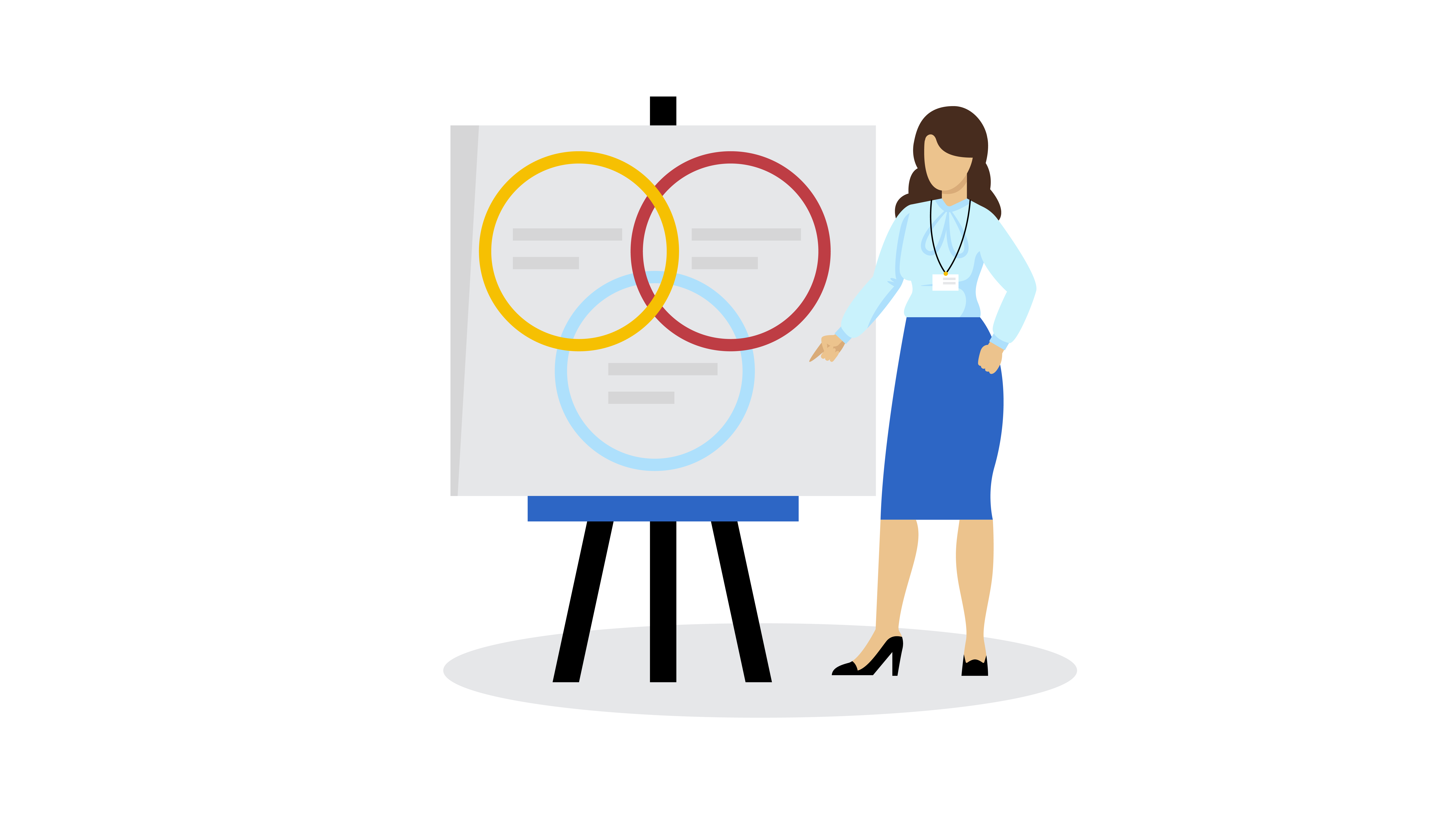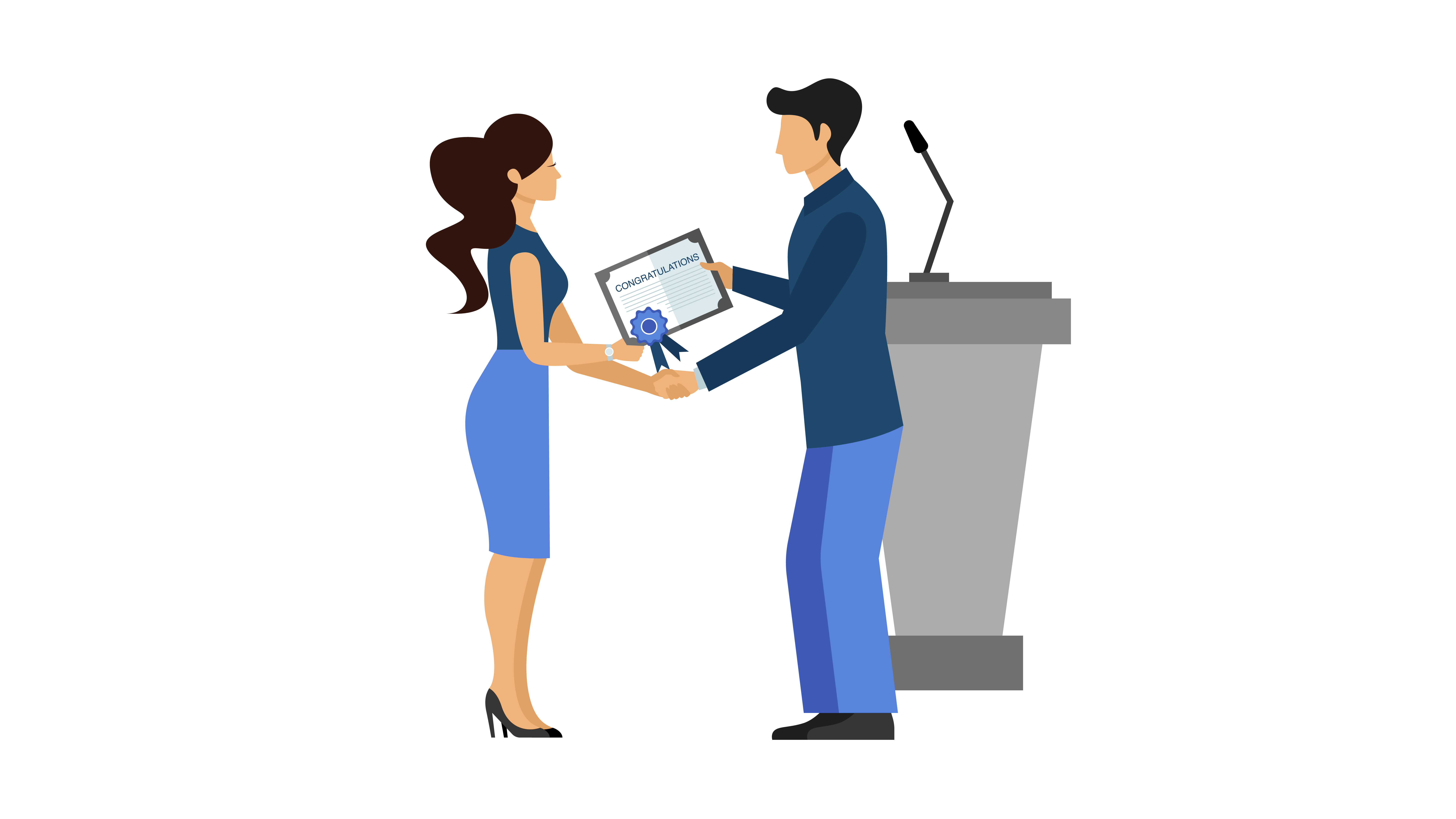All Categories
Featured
Customer data platforms (CDPs) are a vital tool for companies which want to collect data, store, and manage all customer data in a single place. These software applications provide a more accurate and complete understanding of the customers, which can be used to provide targeted marketing and personalized customer experience. CDPs have a range of functions that include data governance, data quality , and formatting data. This allows customers to be compliant in how they are stored, used, and accessible. A CDP lets companies engage with customers and place them at the forefront of their marketing initiatives. It also makes it possible to draw data from different APIs. This article will discuss the different aspects of CDPs and how they assist businesses.
cdp's
Understanding CDPs: A client data platform (CDP) is a software that allows companies to collect information, manage, and store customer data in a single location. This gives an accurate and complete view of the customer. This can be used for targeted marketing and personalized customer experiences.
-
Data Governance: A CDP's capability to protect and control the data that it incorporates is one of its key attributes. This includes profiling, division and cleansing of incoming data. This ensures that the enterprise adheres to data laws and policies.
-
Data Quality: It's vital that CDPs ensure that the data they collect is high-quality. This involves ensuring that the data is correctly entered and that it meets the desired quality standards. This helps to minimize additional costs associated with cleaning, transforming, and storage.
-
Data formatting The CDP can also be used to ensure that data conforms to a predefined format. This ensures that data types such as dates match with the information collected from customers and that the data is entered in a clear and consistent way. customer data platfrom
-
Data Segmentation Data Segmentation CDP lets you segment customer data in order to better understand different customers. This allows for testing different groups against each other and obtaining the appropriate sample and distribution.
-
Compliance: A CDP allows organizations to handle customer information in a regulated way. It allows you to specify safe policies and classify information according to them. It can also help you identify the violation of policies when making marketing decisions.
-
Platform Selection: There are different types of CDPs available It is therefore important to comprehend your requirements so that you can select the most appropriate platform. Consider features like data privacy as well as the capability of pulling data from different APIs. what is a cdp
-
Putting the Customer at the Center: A CDP permits the integration of real-time and raw customer data, offering immediate access, accuracy and unified approach that every marketing team requires to boost their efficiency and get their customers involved.
-
Chat, Billing , and more Chat, Billing and More CDP allows you to locate the context for fantastic discussions, regardless of whether you're looking for billing or previous chats.
-
CMOs and big Data: Sixty-one percent of CMOs feel they're not using enough big data, according to the CMO Council. The 360-degree view of the customer provided by CDP CDP is a fantastic method to solve this issue and allow for better marketing and customer engagement.
With numerous various types of marketing technology out there each one usually with its own three-letter acronym you might question where CDPs originate from. Even though CDPs are amongst today's most popular marketing tools, they're not a completely originality. Rather, they're the most recent step in the advancement of how online marketers handle consumer data and consumer relationships (What is Customer Data Platform).

For the majority of online marketers, the single biggest worth of a CDP is its capability to sector audiences. With the abilities of a CDP, online marketers can see how a single customer engages with their company's different brand names, and determine chances for increased customization and cross-selling. Obviously, there's far more to a CDP than segmentation.
Beyond audience division, there are three huge reasons your company may want a CDP: suppression, personalization, and insights. One of the most intriguing things online marketers can do with data is identify customers to not target. This is called suppression, and it's part of providing truly individualized customer journeys (Cdp Data). When a customer's combined profile in your CDP includes their marketing and purchase information, you can suppress advertisements to customers who've currently purchased.

With a view of every customer's marketing interactions connected to ecommerce information, site visits, and more, everyone across marketing, sales, service, and all your other teams has the chance to comprehend more about each customer and deliver more personalized, appropriate engagement. CDPs can assist online marketers address the root triggers of numerous of their most significant daily marketing problems (What Are Cdps).
When your information is detached, it's more difficult to comprehend your clients and create significant connections with them. As the variety of data sources used by online marketers continues to increase, it's more vital than ever to have a CDP as a single source of truth to bring all of it together.
An engagement CDP utilizes client information to power real-time personalization and engagement for consumers on digital platforms, such as sites and mobile apps. Insights CDPs and engagement CDPs comprise most of the CDP market today. Very few CDPs consist of both of these functions equally. To choose a CDP, your company's stakeholders should consider whether an insights CDP or an engagement CDP would be best for your needs, and research the few CDP choices that include both. What is a Cdp.
Redpoint GlobalLatest Posts
Compliance and Data Privacy in a CDP
The Role of CDPs in Reducing Additional Expenses for Data Management
Compliance and Data Privacy in a CDP